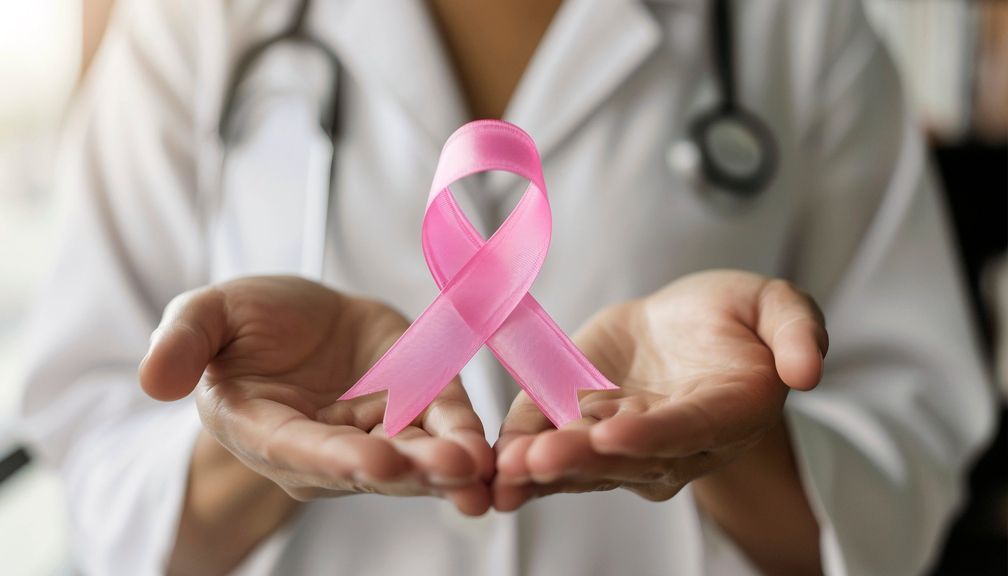
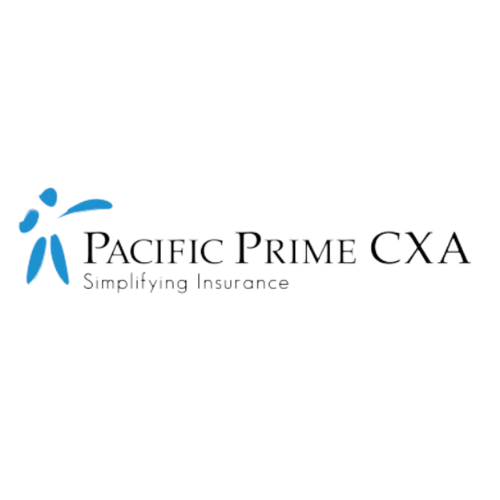
Breast Cancer is on the Rise of Younger Women in Singapore
January 2025
Singapore has seen an increase in the prevalence of breast cancer in patients younger than 40. Both patients and physicians are becoming more likely to overlook early signs due to unexpected occurrences at young ages, causing late diagnosis.
In this article, we have our friends at Pacific Prime CXA share a couple of useful tips to safeguard yourself or your loved ones from breast risk and available insurance options to lift the financial weight off your shoulders should the worst come to happen.
Situation of Breast Cancer in Singapore
According to KK Women’s and Children, there has been a slight increase in the prevalence of breast cancer in patients younger than 40, from 8% to 10%, over the past few years; The National Cancer Centre Singapore (NCCS) also reported more over 720 patients being diagnosed with breast cancer below the age of 40.
Understanding Breast Cancer in Younger Women
Breast cancer that occurs in women under the age of 45 is considered an ‘early onset breast cancer’. While the common belief is young patients recover better, the truth is young patients with early onset breast cancer are more likely to be diagnosed with more aggressive cancer such as triple-negative breast cancer or HER2-positive cancer.

The Cause of Increasing Breast Cancer Diagnosis in Younger Women
The cause of increasing breast cancer diagnosis in younger women can be attributed to cultural and lifestyle changes as underlying factors behind the phenomenon.
Women used to have a child/children at an earlier age before 35 and are also more likely to breastfeed, all of which can lower the risk of breast cancer; nowadays, the modern lifestyle sees women having fewer children at a later age with a higher preference towards baby formula.
A sedentary lifestyle and unhealthy diet that come with desk-bound professions are also the major contributors to the increased risk of breast cancer. Other potential factors include genetic predisposition and having periods at a younger age.
Ways to Spot Breast Cancer Early
Mammograms are usually the most recommended breast cancer screening for women aged 40-49. This method, however, does not work as well for younger women who tend to have higher breast density. For young women, monthly breast self-examination is the best option.
Singapore Cancer Society has an informative video on how women from the age of 20 can start doing breast self-examination.
One of the most common signs of breast cancer is noticing a lump in your breast. That said, note that not all lumps in the breast are malignant. Instead, they are common and benign. But since it is the most obvious sign of breast cancer, women are recommended to check and rule out the possibility of malignancy.
Other anomalies that you should watch out for are:
● Bloody discharge from the nipple
● Dimpling or irritation of breast skin
● Red patch or flaky skin around the nipple area or the breast
● Persistent rash around the nipple area
● Any change in the size or the shape of the breast
● Pain in any area of the breast
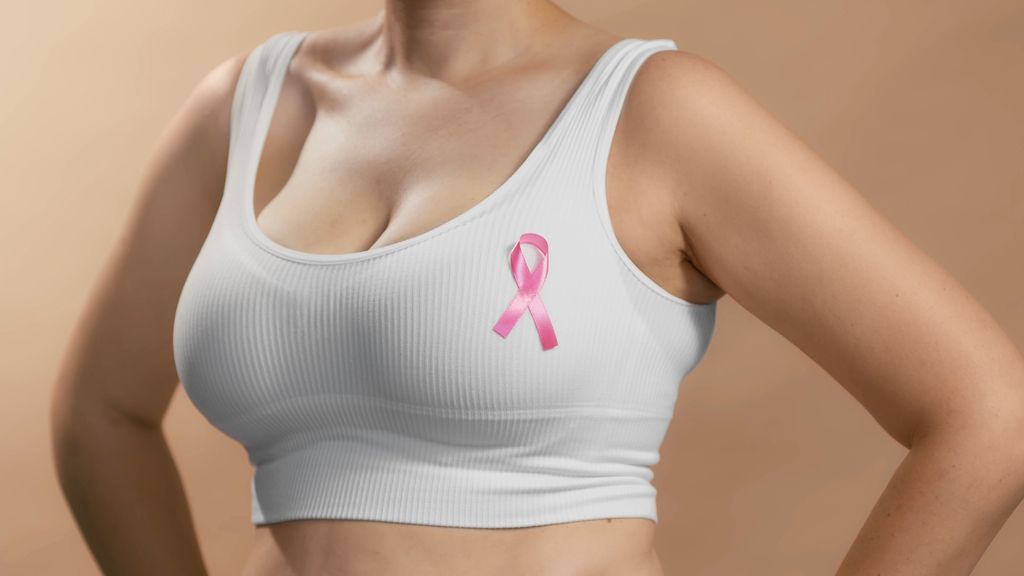
Health Insurance Options for Breast Cancer Care and Treatment
Different insurance policies offer varying approaches to cancer care coverage. Let's examine two primary types:
General Medical Insurance Coverage
This comprehensive health insurance typically includes:
● Hospital stays and treatments
● Outpatient visits
● Specialist consultations
● Diagnostic tests
● Prescribed medications
● Preventive care (including cancer screenings, annual check-ups, vaccinations)
Key Features
● Multiple claims allowed
● Covers ongoing medical expenses
● Direct payment for specific medical services
● Supports routine healthcare needs
● Particularly valuable during the early detection and screening phases
Critical Illness Insurance Coverage
This specialized insurance provides financial protection through:
● One-time lump sum payment upon diagnosis
● Coverage for specified serious conditions
● Flexible use of funds
Covered Conditions
● Various cancer types
● Cardiac events
● Severe neurological conditions
● Major surgical procedures
● Progressive diseases
Payout Applications
● Income replacement
● Family care expenses
● Debt management
● Lifestyle modifications
● Recovery-related costs
The key distinction lies in payment structure: general medical insurance covers specific healthcare costs as they occur, while critical illness insurance provides a single, substantial payment upon diagnosis, offering greater flexibility in fund allocation.
Make sure you are covered before your diagnosis. The underwriting process of a pre-existing cancer condition might disqualify you from certain insurance plans or affect your premiums. Critical illness plans usually have a specified waiting period, so if you are considering this option, get insured early.
Secure the Right Health Insurance Plan
As always said—”Prevention is Better than Cure”, and the right health insurance plan can help you cover costs associated with body checks, diagnostic tests, and treatments.
Pacific Prime CXA helps its clients navigate the various insurance resources in the market and identify the one that truly fits their needs and budgets. Contact them today for more information!
More Articles From Pacific Prime Singapore...
-

Dealing with Food Poisoning While Traveling
Dealing with Food Poisoning While Traveling
Read Article -

Expat Guide To Moving To Singapore
Expat Guide To Moving To Singapore
Read -
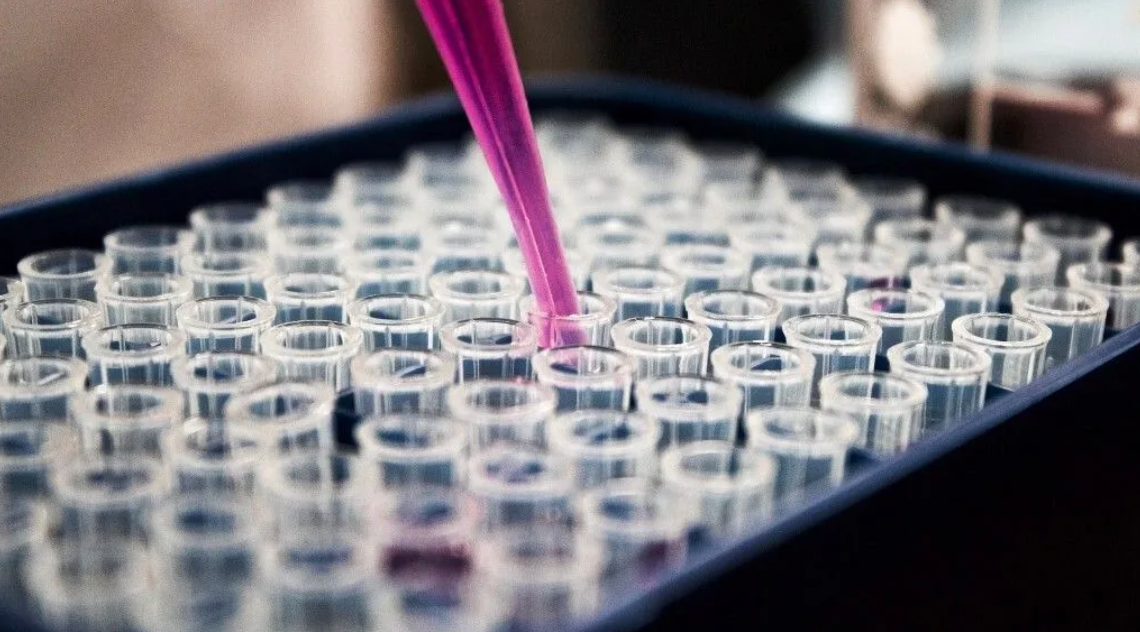
The Cost of Comprehensive Health Screenings
The Cost of Comprehensive Health Screenings
Read -

3 Financial Rules to Live By
3 Financial Rules to Live By
Read -
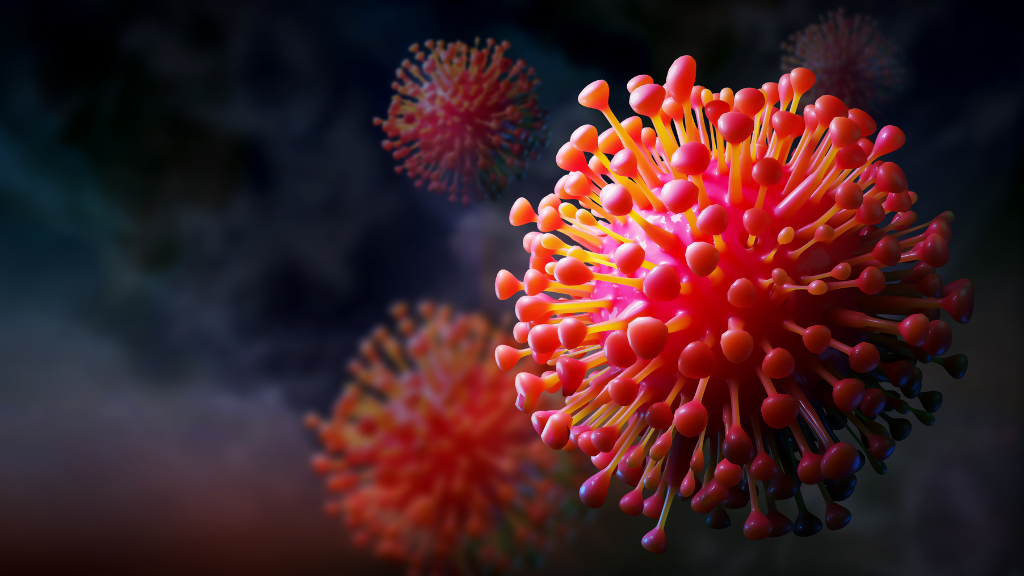
The Importance of Mental Health to Aid Long Covid
The Importance of Mental Health to Aid Long Covid
Read
